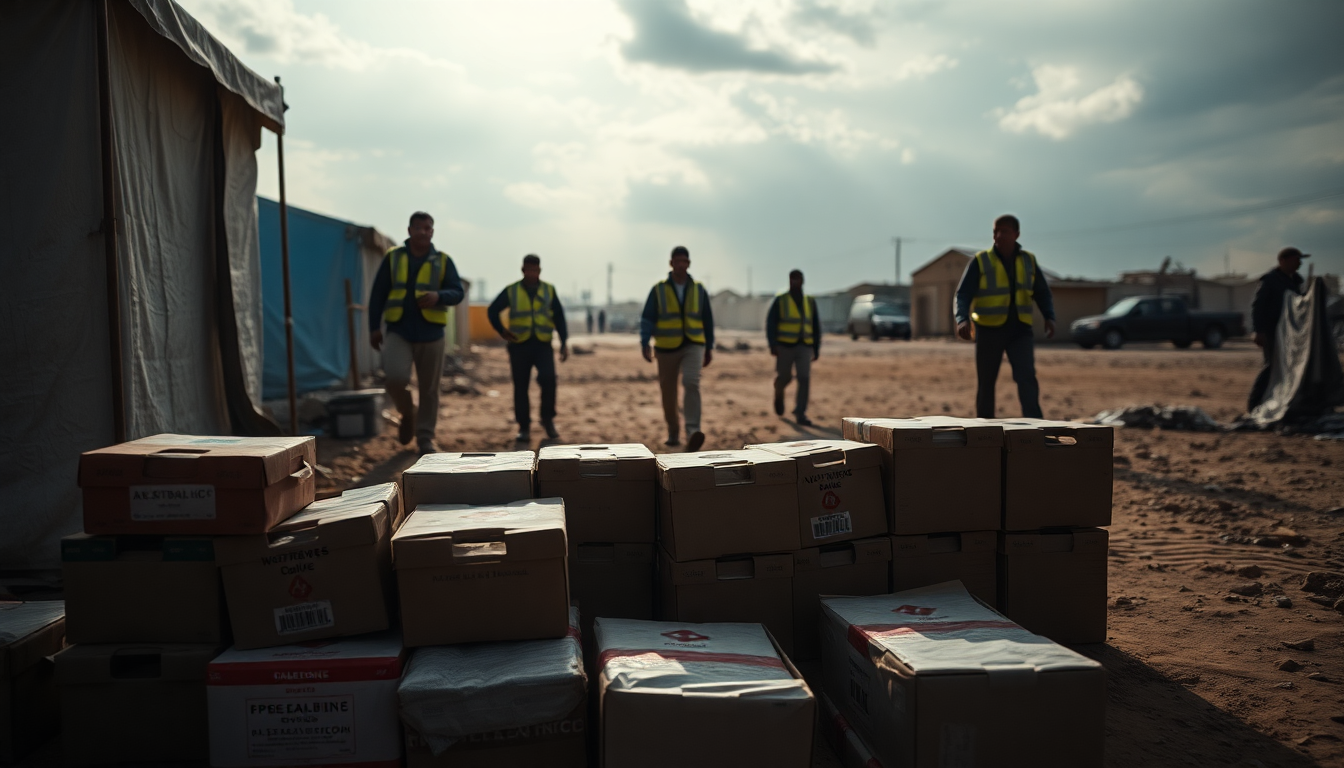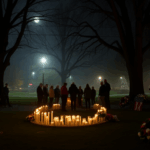Table of Contents
In recent years, the humanitarian landscape has faced a troubling rise in violence against aid workers, a situation that’s becoming increasingly alarming. According to recent statistics from the United Nations, a staggering 383 humanitarian workers lost their lives globally last year—an eye-opening 31 percent increase from the year before.
This disturbing trend is largely tied to persistent conflicts in regions like Gaza and Sudan, where many of these tragedies have unfolded. Tom Fletcher, the UN’s humanitarian chief, didn’t mince words when he described this situation as a “shameful indictment of international inaction and apathy.” How can we stand by while those who are trying to help others face such peril?
The Crisis at a Glance
So, what exactly do the numbers tell us? Nearly half of the aid workers killed last year were in Gaza, with 181 humanitarian professionals losing their lives amid ongoing conflict. Sudan also bore a heavy toll, recording 60 deaths among aid workers.
These statistics serve as a grim reminder of the dangers faced by those dedicated to providing help in some of the world’s most challenging environments. It’s worth noting that most victims are local staff, often attacked while doing their jobs or even within the safety of their own homes.
Fletcher’s message is crystal clear: every attack on an aid worker is fundamentally an attack on humanity.
As we mark World Humanitarian Day, it’s vital to consider the broader context surrounding these attacks. The Aid Worker Security Database has consistently recorded a rise in violence, with 293 killings noted in 2023 alone.
Preliminary figures for this year show that 265 aid workers have already been killed as of mid-August. This upward trend underscores an urgent need for systemic changes in how the international community prioritizes humanitarian safety and accountability. How many more lives must be lost before we take action?
The Role of International Law
International humanitarian law is clear: violence against aid workers and their operations is strictly prohibited. The UN has reiterated that these attacks not only violate legal norms but also jeopardize essential support for millions caught in conflict and disaster zones. Fletcher’s call for those in power to safeguard civilians and aid workers highlights a glaring gap in international response mechanisms. The ongoing lack of accountability for those who commit such acts only exacerbates the problem, creating a dangerous climate where attacks can continue with impunity.
In addition to the rising fatalities among aid workers, the World Health Organization (WHO) has reported over 800 attacks on healthcare facilities this year alone, resulting in more than 1,110 deaths among health workers and patients. These assaults have far-reaching consequences, inflicting lasting harm on communities that desperately need medical assistance. Each attack diminishes healthcare providers’ ability to deliver crucial services, further straining already fragile healthcare systems. Isn’t it time we prioritize the safety of those who provide care in our most vulnerable communities?
Regional Insights and the Way Forward
The troubling trend of violence against aid workers transcends borders. For instance, Lebanon saw 20 aid worker fatalities following last year’s conflict with Hezbollah, while Ethiopia and Syria each reported 14 killings this year—indicating a doubling of violence compared to the previous year. Ukraine is experiencing a similar rise, with 13 aid workers killed in 2024, up from just six the previous year. These numbers illustrate that the crisis is a global issue requiring immediate attention and decisive action. How can we turn the tide on this alarming trend?
As the humanitarian community rallies for change, it’s crucial for stakeholders—governments, NGOs, and international organizations—to work together to enhance the safety of aid workers. This includes establishing robust protective measures, ensuring accountability for violations, and fostering a culture of respect for humanitarian principles. Only through united efforts can we hope to reduce the risks faced by those who dedicate their lives to helping others in some of the world’s most dangerous places. Are we ready to step up and make a difference?





